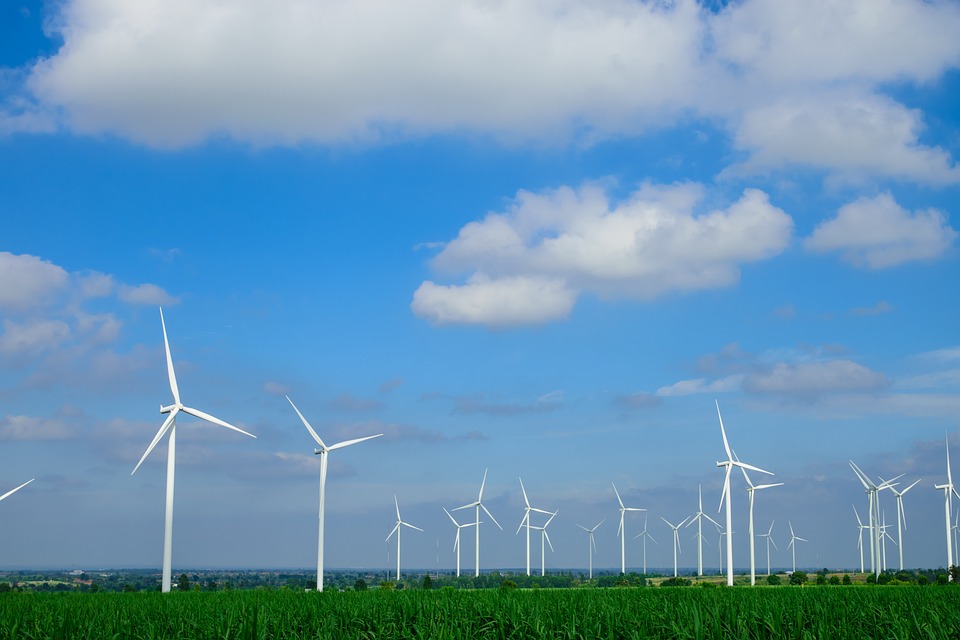How Should the Climate at the Equator Be Described? Understanding Earth’s Warmest Regions
The equator, an imaginary line that divides the Earth into northern and southern hemispheres, is renowned for its unique climate characteristics. Understanding the climate at the equator is essential for studying global weather patterns and ecosystems, as it plays a pivotal role in Earth’s climatic system.
Characteristics of Equatorial Climate
The equatorial climate is characterized by:
– Consistently High Temperatures: Average temperatures typically range from 25°C to 35°C (77°F to 95°F) throughout the year, with minimal seasonal variation. The annual temperature range can be as small as 3°C, primarily due to consistent solar exposure[1][2].
– High Humidity Levels: Humidity often exceeds 75-80%, contributing to the perception of heat and discomfort[2][6].
– Stable Warm Conditions: Unlike regions at higher latitudes that experience significant seasonal changes, equatorial regions maintain stable warm conditions year-round due to their proximity to the sun and low atmospheric pressure systems that promote rising air and cloud formation[1][8].
Temperature Patterns at the Equator
Equatorial regions experience:
– Average Temperatures: Generally, temperatures hover around 26°C (79°F), with little fluctuation between day and night due to heavy cloud cover that traps heat[6][8].
– Minimal Temperature Variation: The consistent solar exposure leads to a lack of significant temperature changes across seasons, contrasting sharply with climates at higher latitudes where seasonal variations are pronounced[1][2].
Rainfall and Precipitation
Rainfall patterns in equatorial climates include:
– High Annual Rainfall: Many equatorial areas receive over 2,500 mm (100 inches) of rain annually, often distributed throughout the year with variations based on local geography and the Intertropical Convergence Zone (ITCZ)[1][6].
– Role of the ITCZ: The ITCZ is crucial in creating frequent thunderstorms and heavy rains. It causes two peak rainfall periods in some areas as it migrates north and south, leading to significant precipitation events[1][8].
– Wet and Dry Seasons: While some equatorial regions experience distinct wet and dry seasons, others remain consistently wet throughout the year[1][6].
Equatorial Ecosystems and Biodiversity
Equatorial climates foster rich ecosystems:
– Tropical Rainforests: Dominated by dense vegetation, these forests are home to an incredible diversity of flora and fauna. Examples include the Amazon Basin, Congo Basin, and Southeast Asian rainforests[1][6].
– High Biodiversity: The warm temperatures and abundant moisture support a vast array of species. For instance, a small area of rainforest can contain hundreds of tree species and thousands of flowering plants[1][6].
– Adaptations of Flora and Fauna: Many species have adapted to thrive in high humidity and consistent warmth. For example, rainforest trees often have thick leaves with drip tips to shed excess rainwater efficiently[1][6].
Impact of Equatorial Climate on Human Life
The equatorial climate significantly influences human activities:
– Agriculture: Crops such as cocoa, coffee, and bananas thrive in these conditions due to the warm temperatures and abundant rainfall[1][3].
– Cultural Adjustments: Local populations adapt their lifestyles to cope with high humidity and frequent rains. Housing designs often incorporate features for ventilation and moisture management[3].
– Global Climate Regulation: Equatorial regions play a vital role in carbon storage through their extensive rainforests, which are critical for regulating global climate patterns[3][5].
Equatorial Climate and Climate Change
Climate change poses significant threats to equatorial regions:
– Rising Temperatures: Projections indicate that temperatures in these areas could rise by up to 3.3°C by the end of this century under high emissions scenarios. This increase could exacerbate existing challenges related to heat stress on human populations[5][8].
– Shifting Rainfall Patterns: Changes in rainfall distribution may lead to increased flooding during wet seasons while causing droughts in previously wetter areas. This variability threatens both ecosystems and agricultural productivity[5][7].
– Biodiversity Loss: The impact of climate change could lead to habitat destruction, deforestation, and a decline in biodiversity as species struggle to adapt to rapidly changing conditions[3][5].
FAQs
– Why is it always warm at the equator?
The equator receives direct sunlight year-round, leading to consistently high temperatures.
– Do equatorial regions have distinct seasons?
No, they typically experience hot and wet conditions all year without distinct seasons.
– What is the Intertropical Convergence Zone (ITCZ)?
The ITCZ is a region where trade winds from both hemispheres converge, leading to rising air that causes frequent thunderstorms and heavy rainfall.
– Why are tropical rainforests so common at the equator?
The warm temperatures and high humidity create ideal conditions for dense vegetation growth.
– How does the equatorial climate impact agriculture?
The warm climate supports a variety of crops that thrive in humid conditions.
– Are equatorial climates affected by climate change?
Yes, they face rising temperatures, altered rainfall patterns, and biodiversity loss due to climate change.
Conclusion
The equatorial climate is defined by its warmth, high humidity, and abundant rainfall. These characteristics not only shape local ecosystems but also influence global weather patterns. Understanding this unique climate zone is crucial for addressing environmental challenges and preserving its rich biodiversity amid ongoing climate change.

Kyle Whyte is a notable scholar and professor at the University of Michigan, holding positions such as the George Willis Pack Professor in the School for Environment and Sustainability and Professor of Philosophy. Specializing in environmental justice, his work critically examines climate policy and Indigenous peoples’ ethics, emphasizing the nexus between cooperative scientific endeavors and Indigenous justice. As an enrolled Citizen Potawatomi Nation member, he brings a vital perspective to his roles as a U.S. Science Envoy and member of the White House Environmental Justice Advisory Council. His influential research is supported by various prestigious organizations including the National Science Foundation, and disseminated through publications in high-impact journals. Kyle actively contributes to global Indigenous research methodologies and education, with affiliations to numerous institutes and societies dedicated to traditional knowledge and sustainability. Recognized for his academic and community engagement, Kyle has earned multiple awards and served in various visiting professorships. His efforts extend to leadership positions on boards and committees focused on environmental justice nationwide.
